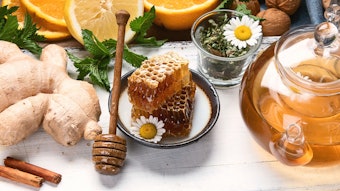
Much has been written about improving manufacturing processes, from total quality manufacturing (TQM) to lean manufacturing and 6 Sigma. These principles can be, and should be, applied in the flavor industry. They are designed to create a high quality product with maximum efficiency, and profit certainly can increase as a result.
There are, however, no consistently applied best practices focusing on increasing profits in manufacturing. The flavor industry has its own special considerations and opportunities to create additional profit from existing operations. For years, the artistry of creative flavorists sold at a premium, and no exacting science for generating a specific gross margin was really necessary. Prices were typically determined as an arbitrary multiple of raw material costs in a formula. The industry flourished as profits were reinvested into the science that has produced tremendous technological breakthroughs and knowledge that would not have been had otherwise.
This was the industry that I entered years ago, as an accountant in the executive ranks of a top 10 flavor company. An oddity at industry gatherings, few understood why a CPA was in their midst. Few industry professionals at the time foresaw the coming onslaught of pricing pressures generated from the wave of supermarket mergers, consumer product company mergers, and, finally, flavor company mergers. Competition raged as customers’ numbers decreased, even as each remaining customer grew larger. The pressure was reflected in margin declines of 15–18%, approximately one percentage point per year over as many years. Even more recently, sharp and broad-based increases in raw material prices have shaken the industry’s gross margins.










